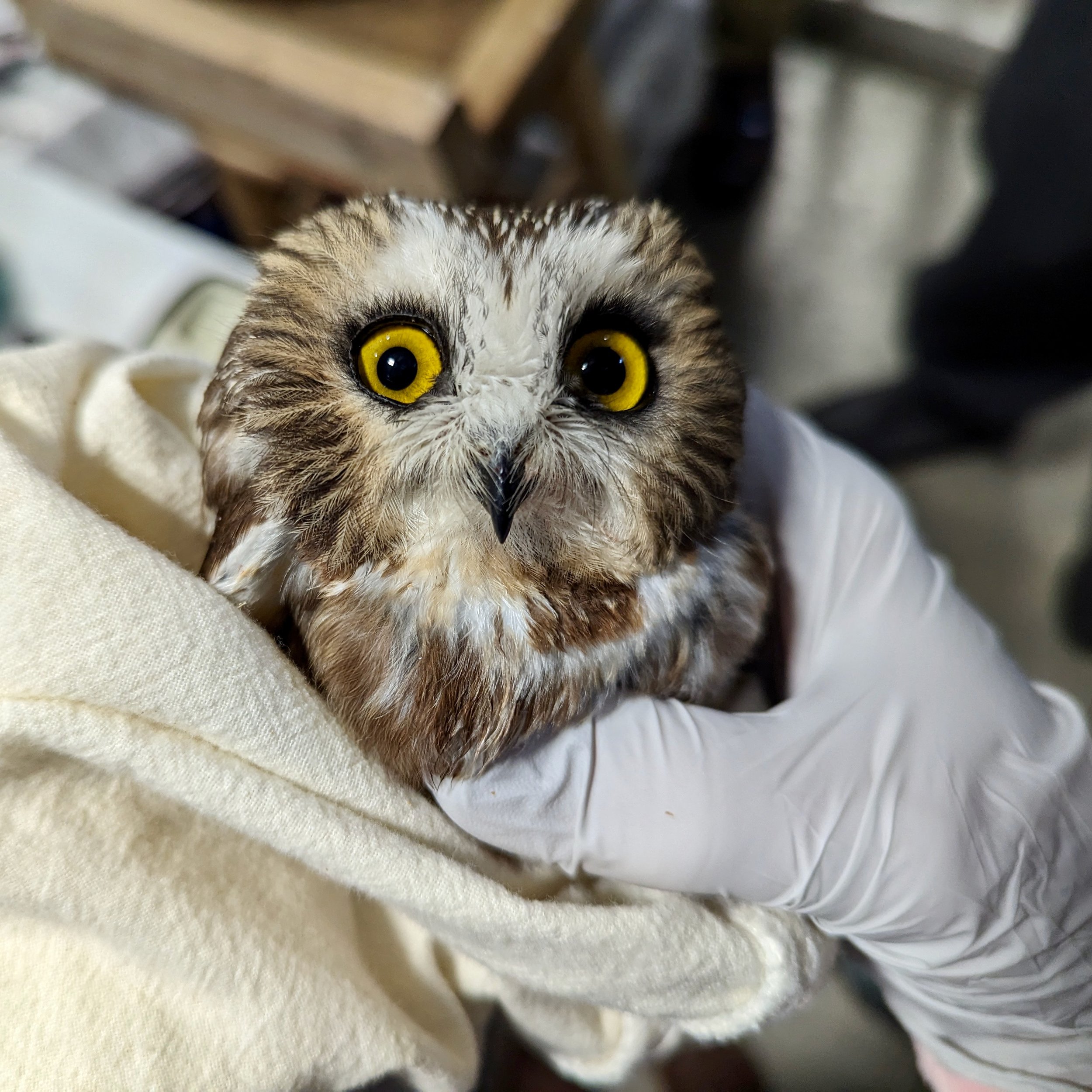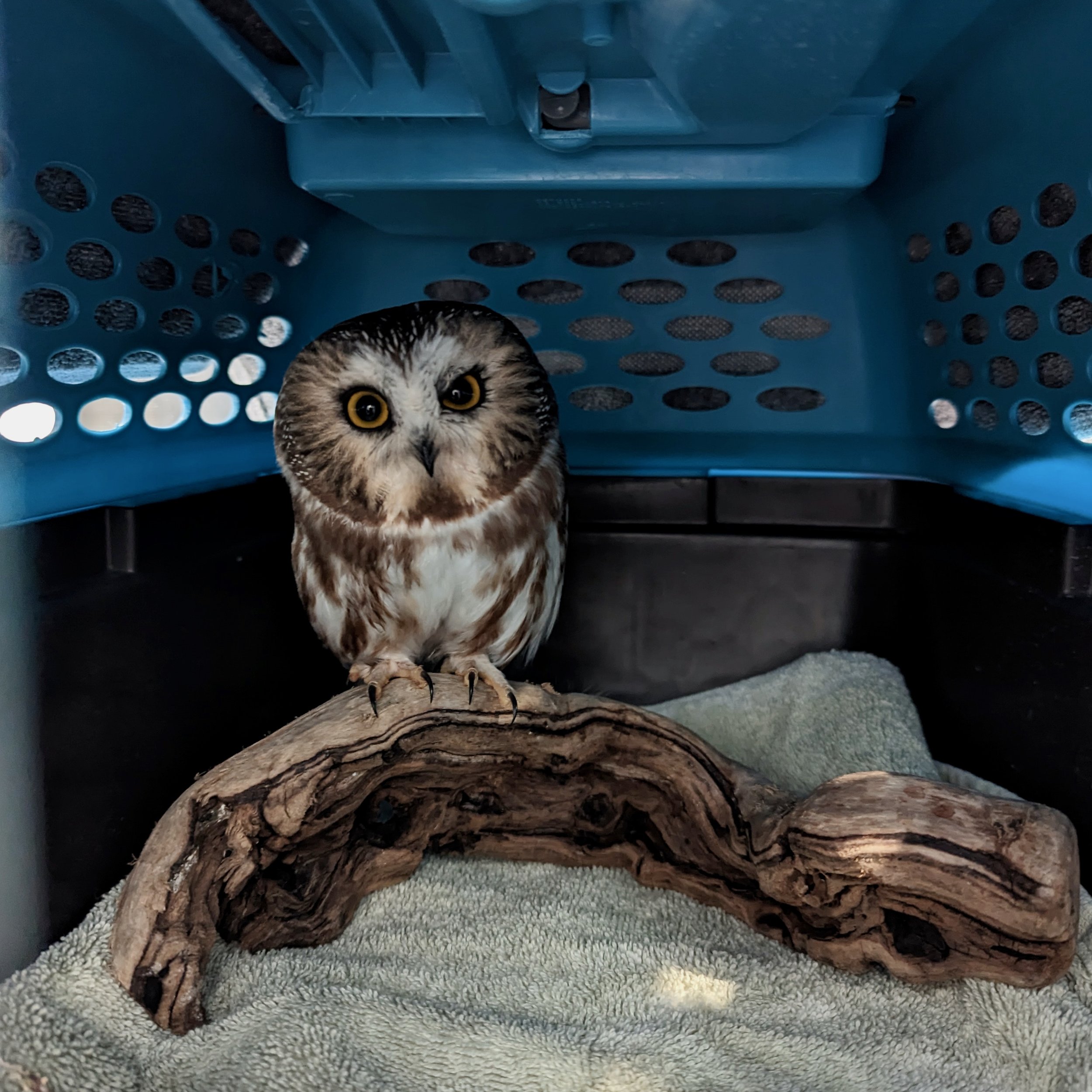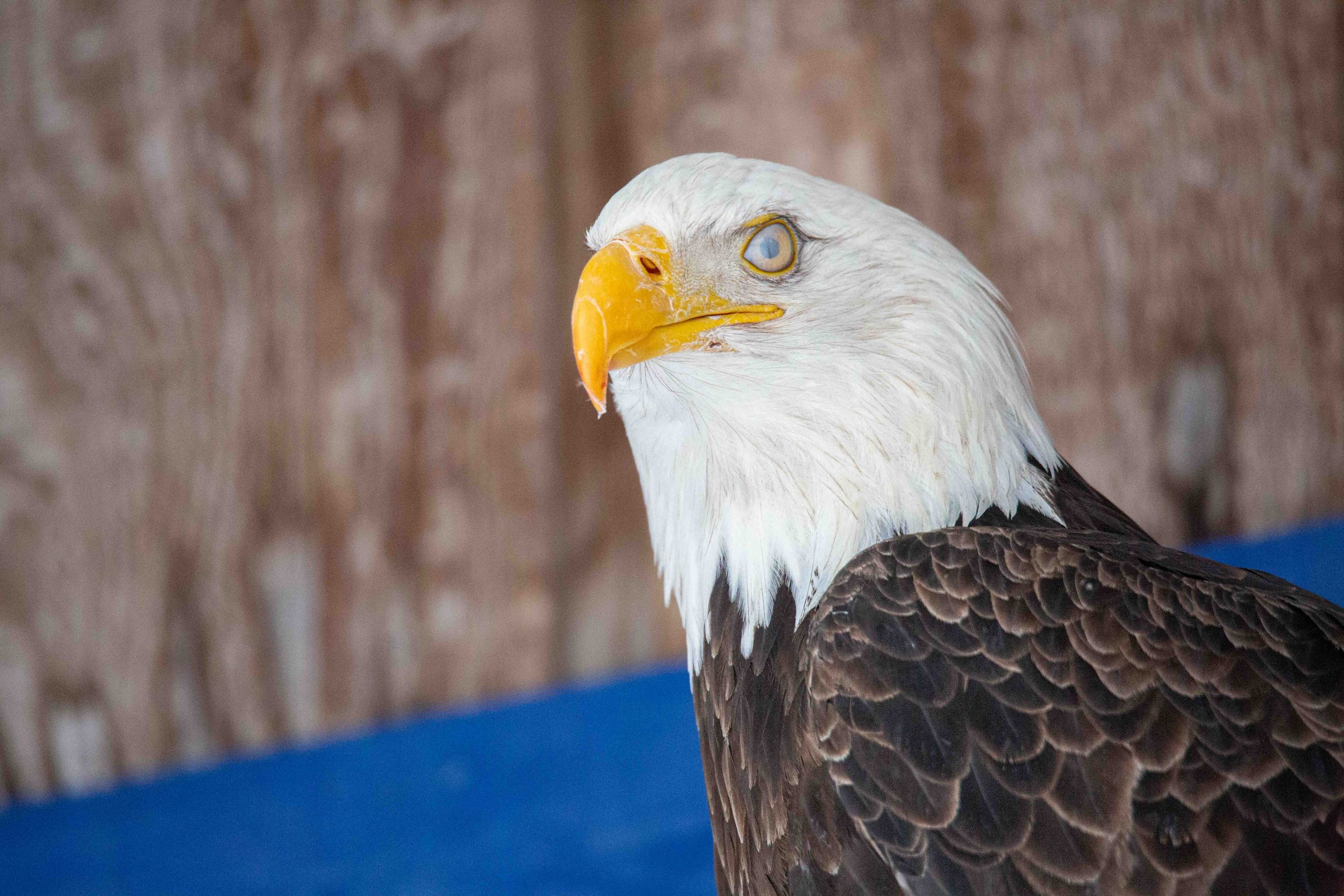In 2022, the Garden Club of America began a nationwide initiative to promote native plants. Their goal was to establish a Native Plant Month in every state.
Led by the Alaska Native Plant Society, several organizations, including Bird Treatment and Learning Center, came together to ask Governor Dunleavy to proclaim a Native Plant Month in Alaska. Elsewhere in the United States (or the lower 48 as Alaskans say), National Native Plant Month occurs in April, but with winter slow to loosen its hold on our northern state, May was chosen as Alaska's Native Plant Month.
Why is Bird TLC invested in National Native Plant Month? Because the birds we love depend on native plants for survival.
Birds rely on plants in various ways - for shelter and shade, protection from predators, nesting material, nesting sites, and perching.
With some observation, it's easy to see the connection between birds and native plants. As snow fell and a cold wind blew on a wintry April day, we watched a newly arrived robin perch in a White Spruce to take cover from the inclement weather. See movement in an alder thicket? Stop to look and you’ll see migratory songbirds flitting among the dense cover, staying safe from predators. And that bird going head first down the spruce tree outside your window? That’s a Red-breasted Nuthatch searching for insects.
Birch, aspen, cottonwood, black spruce, and willow are other woody plants that benefit wild birds. They offer food (sap, seeds, and insects), nesting materials (bark, leaves, twigs), and nesting sites to wild birds. Berrying shrubs, such as blueberry, red elderberry, and red raspberry, sustain birds with their fruits.
Familiar backyard birds that utilize these plants are numerous, including woodpeckers, Black-capped and Boreal Chickadees, Red-breasted Nuthatches, Brown Creepers, Common Redpolls, Pine Siskins, Bohemian Waxwings, Dark-eyed Juncos, Ruby-crowned Kinglets, sparrows, warblers, thrushes, and flycatchers.
Native perennials and ferns are also crucial to Alaska's wild birds. Common Redpolls enjoy fireweed seeds, and Ruby-crowned Kinglets and Dark-eyed Juncos gather nesting material from this well-known flower. Lady Fern provides shelter to Black-capped and Boreal Chickadees, Red-breasted Nuthatches, Dark-eyed Juncos, and several sparrow species, to name a few.
Photo credit: Rob Tappana
You can help Alaska's wild birds by including native plants in your landscaping and planting in layers - adding groundcovers to perennial beds and planting understory shrubs beneath trees. Let a patch of your yard retain some wildness - let the alders, cow parsnip, raspberry, and elderberry grow. And leave your garden clean up for spring. Birds will take advantage of flower seeds and forage for insects among the fallen leaves.
The birds will thank you and may see new birds in your yard who come to capitalize on those resources!
Read more about gardening for birds and other wildlife in "Landscaping for Wildlife" by the Alaska Department of Fish and Game.
Other sources:
https://nationalnativeplantmonth.org/
https://www.migratorybirdday.org/
Thank you to Bird TLC volunteer Lisa Pajot for the information on which native plants are important to birds.










